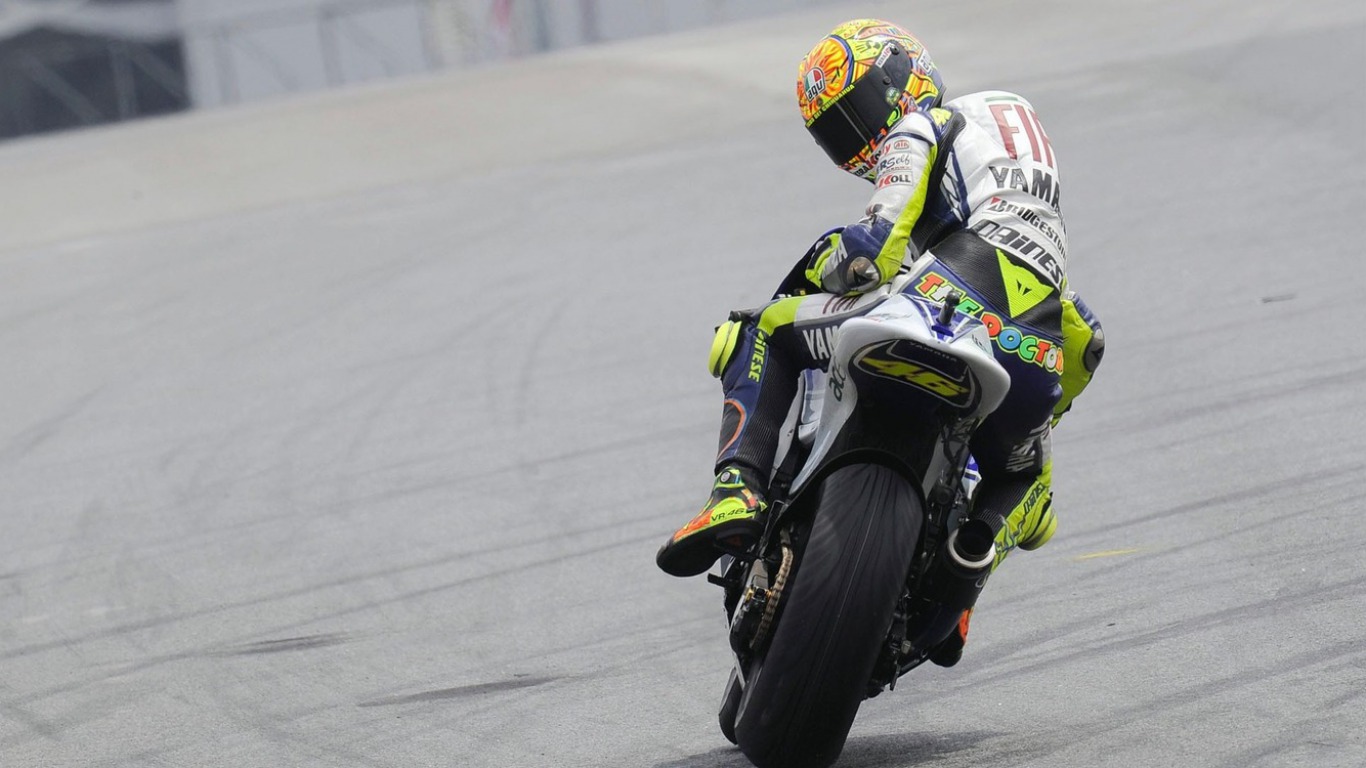Well, the MotoGP 2015 season ended in quite a controversial way, but with a lot of excitement. Now, teams are working for the next season which will see quite a few changes.
A meeting conducted by FIM a few weeks ago & decided some new rules & regulations for the upcoming season. These rules and regulations sum up mainly the electronic changes. What would it affect and how it can change the results? Well, you might want to have a look below.
Sample Engines MotoGP Class:
It was approved that manufacturers can homologate engines with different specifications. This is to allow manufacturers to potentially lease engines from previous years. To avoid the expense and complication of a manufacturer having to provide a complete sample engine for each specification it has been agreed that they may submit a single sample engine for sealing. Different versions of the homologated engine will be controlled by sealing examples of the components that differ from the main sample engine.
Sealed Engines MotoGP Class:
New testing regulations for the MotoGP class were recently approved allowing for up to five days of private testing for each team. To avoid the expense of acquiring additional engines just for testing it will no longer be a requirement for engines to be sealed to prevent running between events.
Moto2 Class Quickshifter:
To ensure that signals from the quickshifter are exclusively used for that purpose, a standard six-pin connector will now be mandatory. This will enable the technical staff to check that any signals from this component are not being used for performance enhancing purposes.
The big news is that MotoGP will have a standard ECU hardware and software from the start of 2016.
This has been Dorna and the FIM’s long-held goal and clears the way for greater control over electronic costs and potentially new limits on rider aids, such as traction control. Until 2016 Honda and Yamaha will continue to develop their own bespoke software for use with the standard ECU hardware, mandatory for all from this season. Honda and Yamaha riders will face the previously stated 20 litres of race fuel, five engine changes for the year and a ban on in-season engine development. Meanwhile Ducati – being “the only [factory] manufacturer without a win in the previous season” – is to stay as a Factory class entry, but be allowed all of the concessions of the Open class until it achieves a certain number of top three results. By continuing to be listed in the Factory class, Ducati will not even need to use the Open class ECU software. However if Ducati riders claim a race win, two second places or three podium places in dry conditions this season, they will have their race fuel reduced from 24 to 22 litres. Should Ducati win three races this season they will also lose the right to use the softer grade of rear tyre available to the Open class. This Factory-Open scenario will also apply for any new manufacturer, meaning Suzuki in 2015. The other Open class concessions – twelve engine changes for the season, no engine development ban and looser testing restrictions – will be unaffected regardless of results.
[Image Source : Desktopnexus.com]

